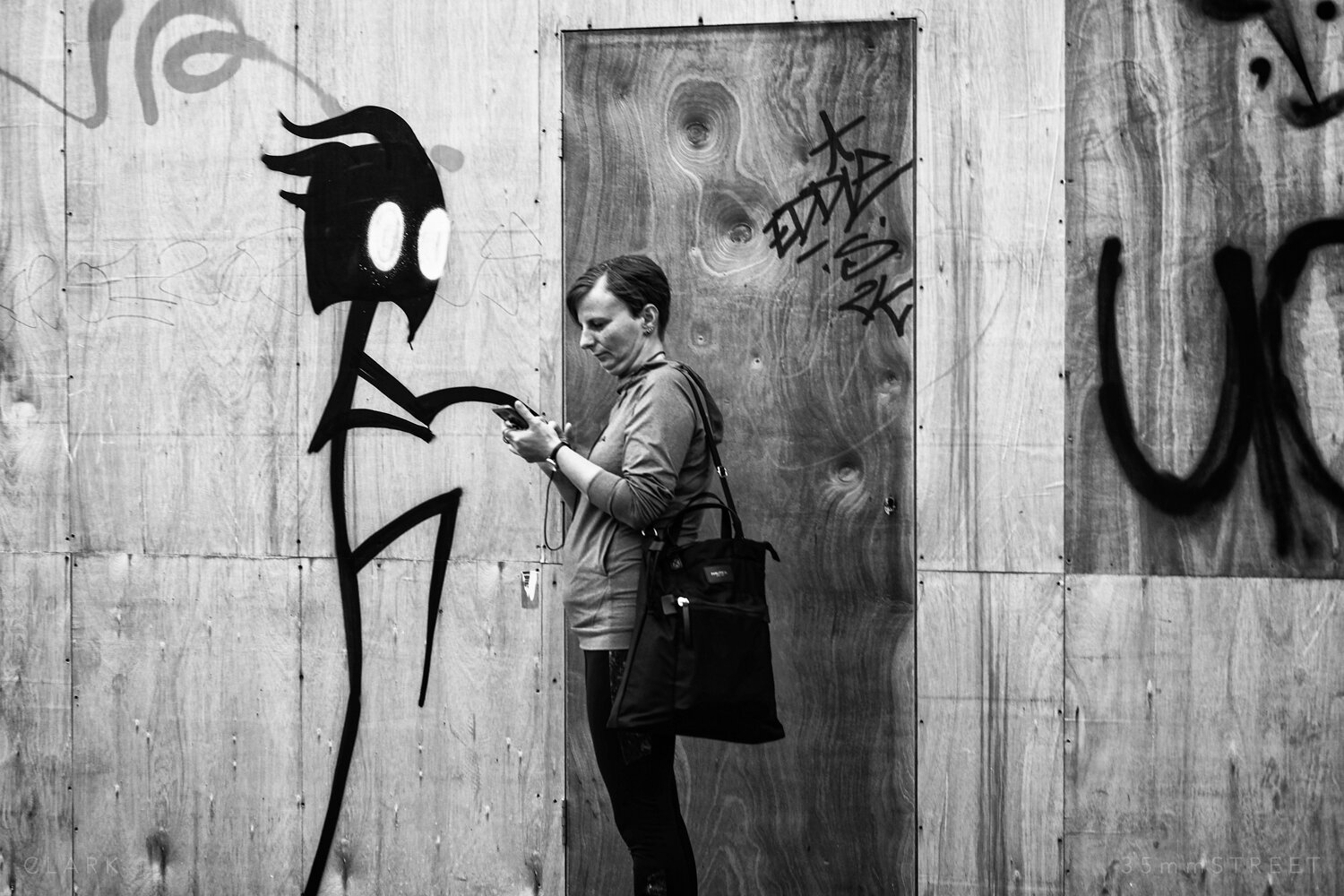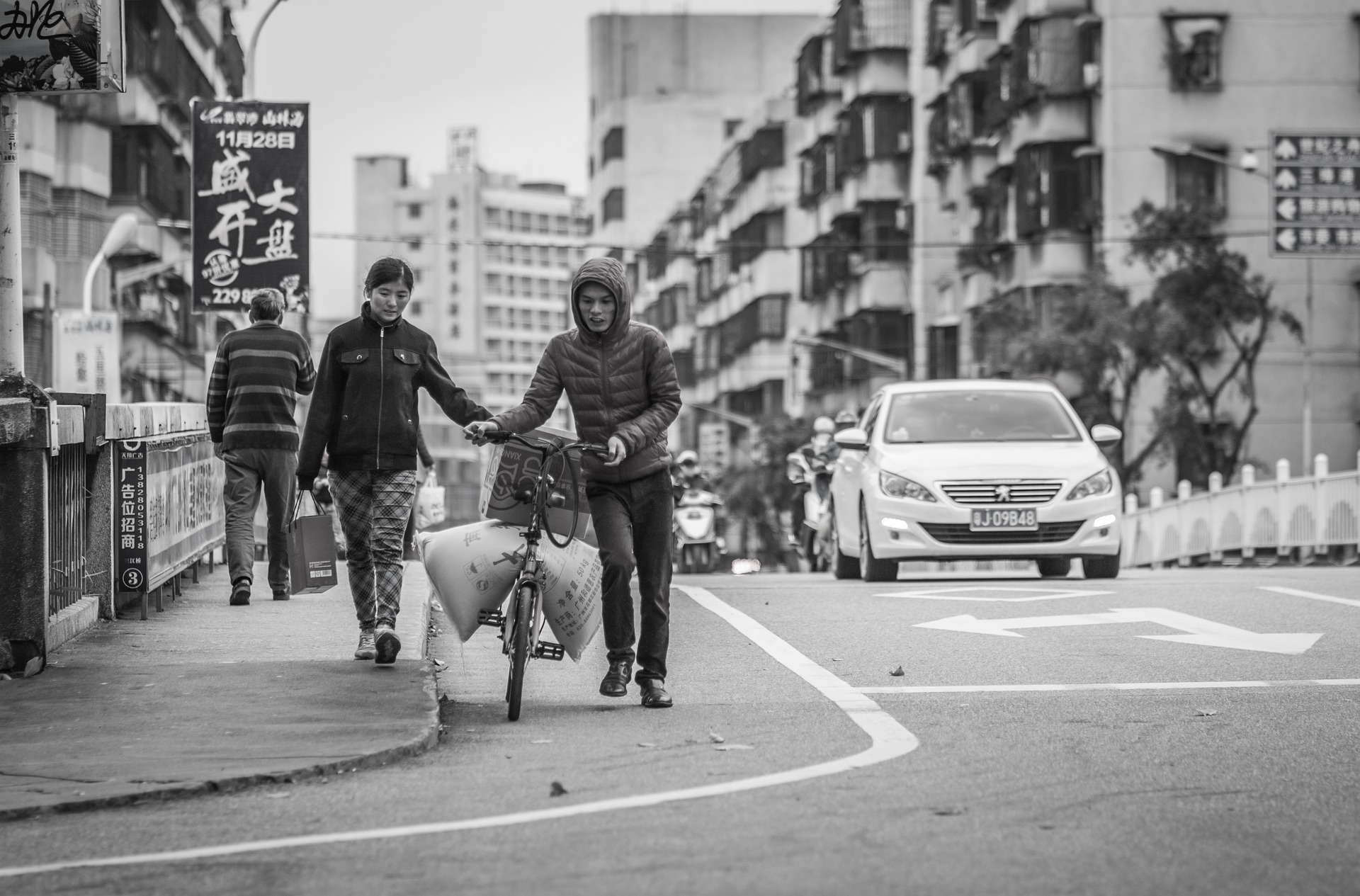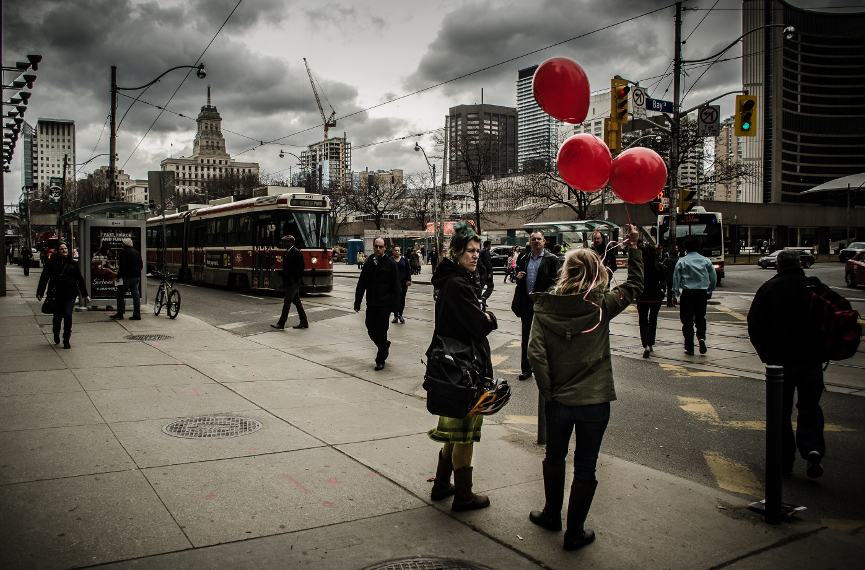Getting My Street Photographers To Work
Table of ContentsStreet Photographers Things To Know Before You Get ThisGetting My Street Photographers To WorkTop Guidelines Of Street PhotographersOur Street Photographers DiariesThe Best Guide To Street Photographers
Street digital photographers do not necessarily have a social objective in mind, however they favor to isolate and record moments which may or else go undetected.He was influenced by several of those that influenced the street digital photographers of the 1950s and '60s, he was not chiefly interested in catching the spirit of the road. The impulse to visually document people in public began with 19th-century painters such as Edgar Degas, douard Manet, and Henri de Toulouse-Lautrec, that functioned side by side with photographers attempting to catch the significance of urban life.
As a result of the comparatively primitive technology offered to him and the long direct exposure time needed, he had a hard time to record the pressure of the Paris streets. He try out a collection of photo approaches, trying to locate one that would certainly permit him to record activity without a blur, and he located some success with the calotype, patented in 1841 by William Henry Fox Talbot. In contrast to Atget, photographer Charles Marville was hired by the city of Paris to create an encyclopaedic document of Haussmann's urban preparation task as it unravelled, hence old and brand-new Paris. While the digital photographers' topic was essentially the same, the results were considerably different, demonstrating the influence of the digital photographer's bent on the character of the images he created.
The 10-Minute Rule for Street Photographers
Provided the great high quality of his pictures and the breadth of material, engineers and artists usually got Atget's prints to use as recommendation for their own work, though business interests were barely his main inspiration. Rather, he was driven to photograph every last residue of the Paris he enjoyed. The mingled enthusiasm and necessity of his mission luster through, causing photos that tell his very own experience of the city, qualities that expected street photography of the 20th century.

Unlike his peers, Brassa used a larger-format Voigtlnder electronic camera with a much longer direct exposure time, compeling him to be extra calculated and thoughtful in his technique than he might have been if utilizing a Leica. (It is assumed that he may not have actually had the ability to pay for a Leica back then, but he did, nevertheless, make use of one in the late 1950s to take colour photographs.) Brassa's photos of the Paris abyss illuminated by man-made light were a discovery, and the compilation of the collection that he published, (1933 ), was a significant success.

Little Known Questions About Street Photographers.
It is as a result of this fundamental understanding of the art of picture taking that he is commonly attributed with uncovering the medium around once more about a century because its creation. He took pictures for greater than a half century and affected generations of photographers to trust their eye and intuition in the moment.
These are the questions I shall attempt to respond to: And after that I'll leave you with my very own definition of road digital photography. Yes, we do. Allow's kick off with defining what a meaning is: According to it is: "The act of specifying, or of making something precise, distinctive, or clear".
No, definitely not. The term is both limiting and misguiding. Seems like a road photography must be pictures of a streets best?! And all street professional photographers, besides a little number of absolute beginners, will fully appreciate that a street is not the news key component to road digital photography, and in fact if it's an image of a road with perhaps a few boring individuals doing absolutely nothing of rate of interest, that's not street photography that's a photo of a road.
Street Photographers Can Be Fun For Everyone
He makes a legitimate point do not you think? While I agree with him I'm not sure "honest public photography" will certainly catch on (although I do kind Clicking Here of like the term "candid digital photography") because "road photography" has been around for a lengthy time, with many masters' names connected to it, so I think the term is here to remain. Street Photographers.
You can fire at the beach, at a festival, in a street, in a park, in a piazza, in a cafe, at a gallery or art gallery, in a metro terminal, at an event, on a bridge, under a bridge ...
A Biased View of Street Photographers
Yes, I'm afraid we scared no choice! Without policies we can not have an interpretation, and without a definition we don't have a category, and without a style we do not have anything to define what we do, and so we are stuck in a "guidelines meaning style" loophole! - Street Photographers
